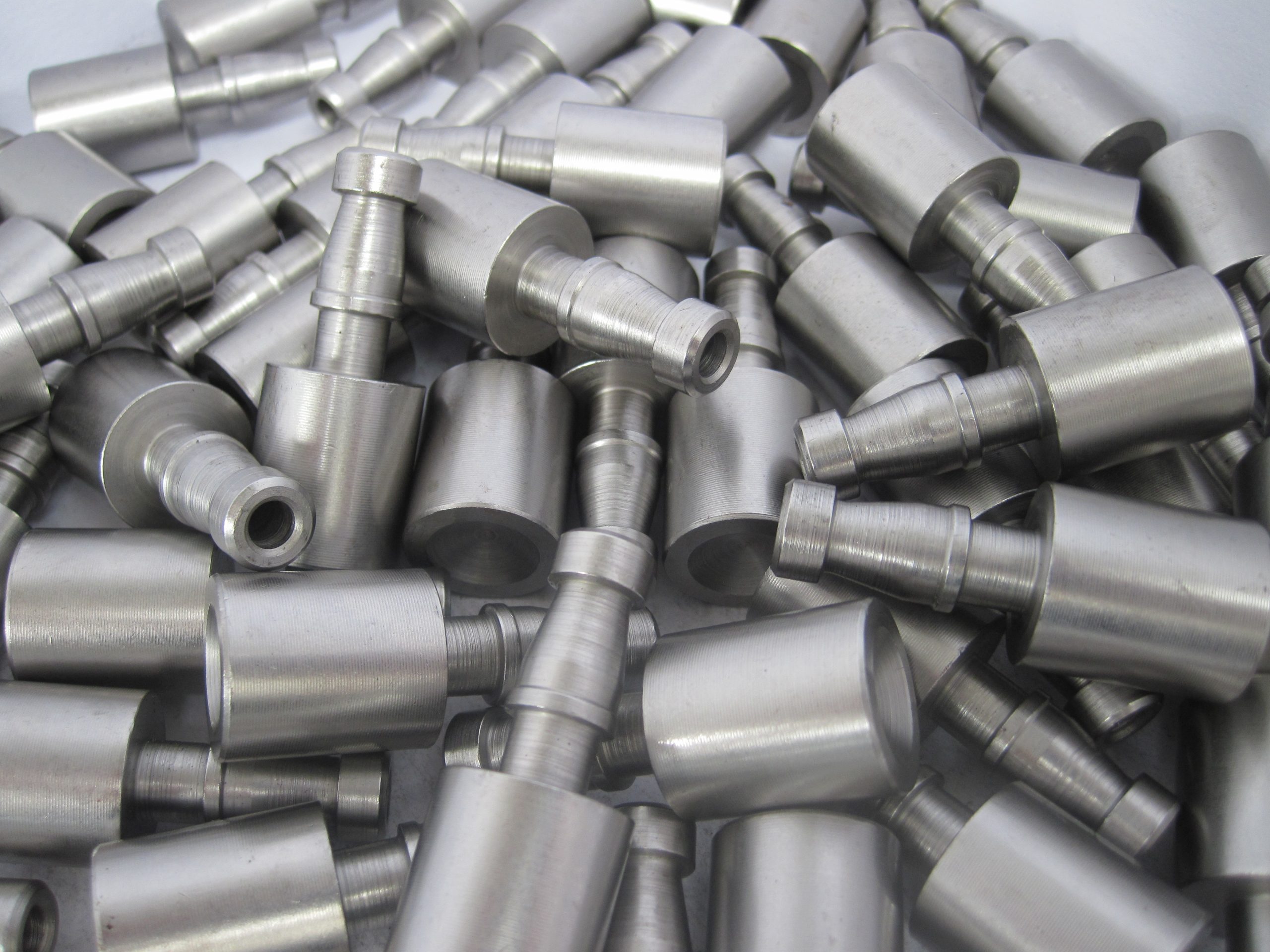The ability to withstand wear and indentation are two very important attributes of certain types of metals. Hardness, the measurement of these properties, is a key consideration when deciding which metal to choose. In order to ensure that the hardness of the metal substrate is appropriate, some metals change their surface hardness through a method called surface hardening.
Case hardening is a technique for improving the durability and appearance of a metal surface, in which the metal surface is reinforced by adding a thin layer on the top surface of another metal alloy. The thin layer of alloy is usually harder and more durable than the original metal.
What Is Case Hardening?
Case hardening is also called “surface hardening”. It is a heat treatment process that hardens the surface of the metal part while keeping the inside of the part relatively soft.
For iron or steel with low carbon content, the case hardening procedure usually involves adding additional carbon or nitrogen to the surface. Solid metals contain molecules and atoms that are tightly packed into a crystalline structure. When carbon diffuses from the carbonaceous material on the surface of low-carbon steel or alloy steel into the crystal structure, the strength and hardness of the outer layer will increase sharply. The shell depth of carbon diffusion can be finely controlled to determine the mechanical properties of the shell.

Why Case Harden?
There are many reasons for surface hardening a material instead of trying to harden an entire metal object. One reason is efficiency. Compared with the entire cross-section of the metal, less energy and time are required to heat the outermost surface of the metal. These efficiencies can save a lot of cost in large-scale manufacturing operations.
Case hardened parts are very suitable for parts that are in constant contact with hard or abrasive parts, because surface hardened parts are more wear-resistant, and they are usually stronger than parts that have undergone the “though-hardening” procedure, because the core of surface hardened parts is soft, so it can Withstand greater stress without cracking. During the surface hardening process, lower temperatures are also applied to various metals (such as thin steel layers) during the manufacturing process to prevent deformation.
Types of Case Hardening Methods
Heating And Quenching
Also called flame or induction hardening. As the name suggests, this metal surface hardening process involves flame or heat. In this process, high-carbon steel parts are heated to extreme temperatures by oxygen flame or induction heating, and then the heated carbon steel parts will be quickly cooled by a coolant (usually water) . This flame quenching only has a good effect on steel or iron with sufficient carbon content. The carbon content must be 0.3-0.6wt%C. For steel or iron materials with carbon content lower than this value, there are other processes, such as nitriding And carburizing.
Nitriding
Nitriding is another form of surface hardening technology. In this process, steel parts are heated to 484-621°C in an environment of ammonia and dissociated ammonia. The depth of the hardened surface depends on how long the steel part stays in the ammonia environment. This method must use elements such as chromium, molybdenum, and aluminum to form nitrides to harden the surface of steel parts. Elevated temperature and exposure to nitrogen will promote the formation of nitrides, which are inherently very hard and wear-resistant. This process is effective only when the metal hardens with elements that can form nitrides (such as chromium and molybdenum). Nitriding usually requires a lower temperature than heating and quenching, and does not require a quenching process, thereby reducing deformation.
Carburization
Carburizing is another form of surface hardening that is widely used to improve the mechanical properties of steel substrates. In the carburizing process, the steel alloy is heated to a high temperature and then exposed to a large amount of carbon on its surface. Depending on the application requirements, the external carbon source can be gas, liquid or solid. A large amount of external carbon will then form carbides with other elements on the steel surface. These carbides provide higher hardness and wear resistance. Similar to nitriding, the heating requirements are usually lower and may result in less deformation.
Advantages Of Case Hardening
1. Surface Hardening Improves The Durability And Economical Use Of Steel Parts
One of the main advantages of case hardening is that it provides enhanced durability for steel components. The mechanical strength and surface hardness produced by the surface hardening, as well as the retention of the soft core, significantly improve the wear resistance and fatigue life of the component. Retaining a softer core can improve the ability to absorb the energy released by the impact load, thereby helping to extend the service life and economic advantages.
2. Surface Hardening Enables Steel With Excellent Machinability To Be Used For Heavy-duty Applications
Generally, alloys used for heavy-duty applications have low machinability because they need to be harder and stronger. In this case, the surface hardening process enables low-carbon steel with precision machinability to be used in weapon and gun applications, as well as other similar heavy-duty applications that require mechanical strength, fine surface treatment, and precise geometry. The subsequent surface hardening after processing provides excellent wear resistance and hardness for the surface of precision machined parts.
3. Surface Hardening Improves The Weldability Of Steel
Surface hardening improves the weldability of steel, which is important for certain engineering applications.
4. Surface Hardening By Nitriding Can Minimize Deformation
Surface hardening of steel by nitriding can produce a low-cost, wear-resistant load-bearing surface with minimal deformation. At temperatures around 150°C (302°F), the nitrided surface will not lose hardness like carburized steel.
Conclusion
In applications where components are subjected to shock loads, vibrations, and misalignment conditions, case hardened steel is the first choice. Different from through-hardened steel, surface-hardened low-carbon steel and alloy steel become tough, strong, hard and not brittle. Surface hardening also produces a wear-resistant surface, providing durability and reliability.


